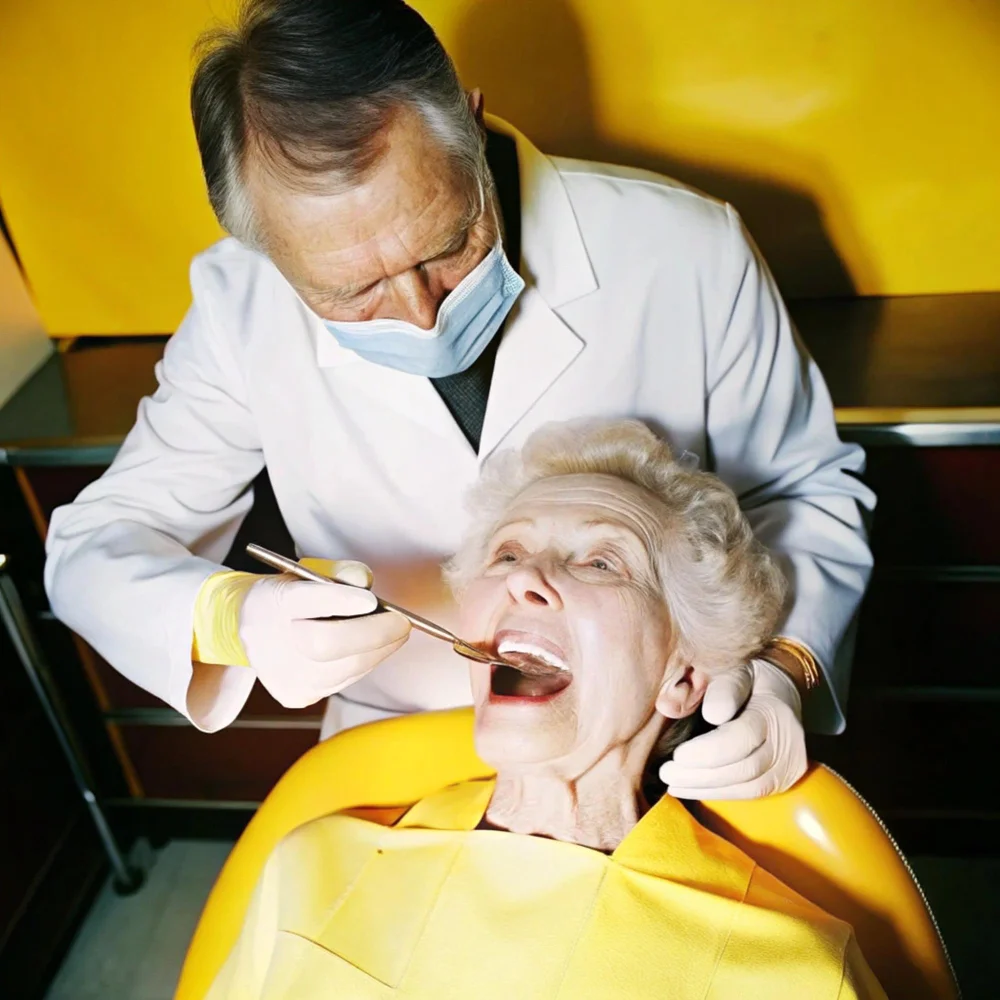Maintaining healthy gums is just as important as taking care of your teeth. When gum disease strikes, prompt and effective treatment is essential to prevent serious health issues. Today, two popular procedures that treat gum disease are LANAP (Laser-Assisted New Attachment Procedure) and assisted curettage. But whats the difference between LANAP and assisted courage? Let’s dive deeper to understand their differences, benefits, and which one might be right for you.
Understanding LANAP (Laser-Assisted New Attachment Procedure)
What is LANAP?
LANAP stands for Laser-Assisted New Attachment Procedure. It’s a revolutionary treatment for gum disease that uses laser technology to target and remove infected tissue without damaging healthy tissue. This procedure is less invasive compared to traditional gum surgery, making it a preferred option for those seeking an effective solution for advanced periodontitis.
How LANAP Works
LANAP utilizes a specialized dental laser known as the PerioLase® MVP-7 to remove diseased tissue while preserving healthy gum tissue. The laser also sterilizes the area, which helps in reducing the bacteria responsible for gum disease. By promoting the regeneration of bone and tissue, LANAP not only treats but also helps restore gum health.
Key Features of LANAP
- Minimally Invasive: No need for scalpels or sutures.
- Laser Precision: Targets only diseased tissue, preserving healthy areas.
- Bone Regeneration: Encourages the growth of bone and tissues lost due to gum disease.
Benefits of LANAP
- Quick Recovery: Patients experience less swelling and pain compared to traditional gum surgery.
- Reduced Risk of Complications: The laser minimizes bleeding and sterilizes the area, reducing the risk of infection.
- Comfort: Many patients find LANAP to be more comfortable, both during and after the procedure.
Understanding Assisted Curettage
What is Assisted Curettage?
Assisted curettage is a dental procedure that involves the manual removal of diseased gum tissue. It is often used in conjunction with scaling and root planing (SRP), a deep-cleaning procedure that helps remove plaque and tartar from the teeth and root surfaces.
How Assisted Curettage Works
During assisted curettage, a dentist uses special tools, such as a curette or an ultrasonic device, to remove inflamed or infected gum tissue. This process helps in eliminating bacteria and promoting healing, but it does not regenerate bone or tissue like LANAP.
Key Features of Assisted Curettage
- Manual Tools: Uses hand instruments or ultrasonic devices to remove diseased tissue.
- Supportive Treatment: Often used as part of a periodontal maintenance routine.
- Focus on Cleaning: Primarily removes infected tissue but does not promote regeneration.
Benefits of Assisted Curettage
- Effective Cleaning: Helps eliminate plaque and bacteria from beneath the gum line.
- Suitable for Early-Stage Gum Disease: Often used for mild to moderate cases.
- Cost-Effective: Generally less expensive than advanced treatments like LANAP.
Patient Experiences and Testimonials
Patients who have undergone LANAP often report a faster recovery time with minimal discomfort. Many appreciate the fact that there is no need for sutures, which makes the post-procedure experience much smoother. On the other hand, patients who have received assisted curettage note that it is an effective method for managing early-stage gum disease, although recovery can involve more tenderness and bleeding.
Key Differences Between LANAP and Assisted Curettage
Technology and Tools Used
- LANAP: Utilizes advanced laser technology to target and remove diseased tissue.
- Assisted Curettage: Uses manual or ultrasonic tools for the removal of inflamed gum tissue.
Invasiveness and Healing Time
- LANAP: Minimally invasive, leading to a quicker healing time and less pain.
- Assisted Curettage: Moderately invasive and requires more time for healing, often involving some bleeding and tenderness.
Purpose and Focus of Each Procedure
- LANAP: Focuses on removing diseased tissue while encouraging bone and tissue regeneration.
- Assisted Curettage: Primarily aims to remove infected tissue to control gum disease but does not regenerate lost bone or tissue.
Pros and Cons of LANAP and Assisted Curettage
Pros of LANAP
- Faster recovery time.
- Minimally invasive, leading to less discomfort.
- Stimulates bone and tissue regeneration.
Cons of LANAP
- Higher cost compared to other treatments.
- May not be necessary for mild gum disease.
Pros of Assisted Curettage
- Effective for early-stage gum disease.
- More affordable.
- Can be part of routine periodontal therapy.
Cons of Assisted Curettage
- Longer healing time.
- Does not regenerate lost bone or tissue.
- More discomfort compared to LANAP.
Who Should Consider LANAP vs. Assisted Curettage?
Ideal Candidates for LANAP
- Patients with advanced periodontitis.
- Those seeking a minimally invasive treatment.
- Individuals looking to preserve healthy tissue while treating gum disease.
Ideal Candidates for Assisted Curettage
- Patients with mild to moderate gum disease.
- Individuals seeking a cost-effective solution.
- Those undergoing routine periodontal maintenance.
Who Should Avoid These Procedures?
- LANAP: Patients with only mild gum disease may not need LANAP and might benefit more from less advanced treatments.
- Assisted Curettage: Patients with advanced periodontitis may find assisted curettage inadequate, as it does not promote bone regeneration.
Cost Comparison and Insurance Coverage
- LANAP: Generally more expensive due to the use of laser technology. It may be partially covered by dental insurance, depending on the policy.
- Assisted Curettage: More affordable and often covered by dental insurance as part of periodontal maintenance.
Common Myths and Misconceptions About LANAP and Assisted Curettage
- Myth: LANAP is painful. Reality: LANAP is minimally invasive and typically causes less discomfort than traditional surgery.
- Myth: Assisted curettage is outdated. Reality: Assisted curettage remains a valuable tool, especially for early gum disease.
Aftercare Tips for Best Recovery
Aftercare for LANAP
- Avoid brushing the treated area for the first few days.
- Stick to a soft-food diet to prevent irritation.
- Attend follow-up visits to monitor healing.
Aftercare for Assisted Curettage
- Keep up with good oral hygiene to prevent reinfection.
- Be gentle when brushing and flossing around treated areas.
- Follow your dentist’s instructions carefully to promote proper healing.
The Role of Technology in Modern Dentistry
LANAP showcases how advanced technology is transforming dental care, providing patients with options that prioritize comfort and effectiveness. Assisted curettage, while more traditional, remains an essential procedure for maintaining gum health, particularly in its early stages. Both treatments highlight the diverse approaches available to patients in modern dentistry.
Conclusion: Which Procedure Is Right for You?
Understanding whats the difference between LANAP and assisted courage can help you make informed decisions about your dental health. LANAP offers a high-tech, minimally invasive solution for advanced gum disease, focusing on tissue regeneration. Assisted curettage, meanwhile, is an effective and affordable option for early intervention. Consult with your dental professional to determine which treatment best aligns with your needs, ensuring a healthier smile and overall well-being.



